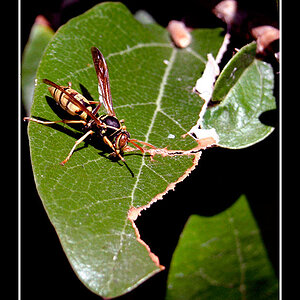CanonNoob9
TPF Noob!
- Joined
- Jan 26, 2015
- Messages
- 4
- Reaction score
- 0
- Location
- Ontario, Canada
- Can others edit my Photos
- Photos OK to edit
Hi Everyone,
I'm new here and need some help. My lovely husband bought me the Canon EOs Rebel T5I for Christmas this year. I am over joyed about this as I have always wanted a decently good camera to take photos with as a hobby. I was a package deal so it came with a 55-250MM F/4-5.6 IS STM Len and a 18-55MM F/3 5-5.6 IS Lens. So far I have only been using the 18-55mm and from what I have read the 55-250mm is more for landscape photos which I have yet to try.
I have always been the one with the camera glued to my hand and even with the small scale digital cameras some of my photos turned out pretty nice. Now that I have this camera I am at a loss at what apetures to set my camera too. I have been watching youtube videos to try and help me learn but, my photos look like they are coming out with a yellowy ting to them and its not what I want at all.
I have been keeping my camera on AV priority and playing with the F-stops and exposures but they never look the way I want them too.
I am wondering if anyone has any tips one how to help me get a more crisp/sharp photos that aren't yellow? Also, what is a decent editing program that is not hard to use. My husband uploaded photoshop for me to use and it's seems so complication to use! I attached a few I have edited and taken so far. Any help or opinions would be great!

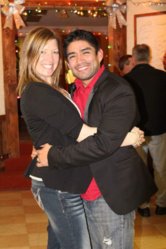


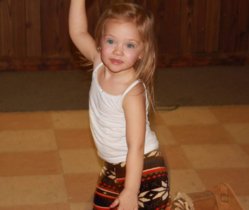
I'm new here and need some help. My lovely husband bought me the Canon EOs Rebel T5I for Christmas this year. I am over joyed about this as I have always wanted a decently good camera to take photos with as a hobby. I was a package deal so it came with a 55-250MM F/4-5.6 IS STM Len and a 18-55MM F/3 5-5.6 IS Lens. So far I have only been using the 18-55mm and from what I have read the 55-250mm is more for landscape photos which I have yet to try.
I have always been the one with the camera glued to my hand and even with the small scale digital cameras some of my photos turned out pretty nice. Now that I have this camera I am at a loss at what apetures to set my camera too. I have been watching youtube videos to try and help me learn but, my photos look like they are coming out with a yellowy ting to them and its not what I want at all.
I have been keeping my camera on AV priority and playing with the F-stops and exposures but they never look the way I want them too.
I am wondering if anyone has any tips one how to help me get a more crisp/sharp photos that aren't yellow? Also, what is a decent editing program that is not hard to use. My husband uploaded photoshop for me to use and it's seems so complication to use! I attached a few I have edited and taken so far. Any help or opinions would be great!





Last edited:



 I end up watching six channels - when the darned thing works. Several years ago I had a "tech" from D---------k walk out without finishing the install because he couldn't understand the way the thing worked. Fortunately, I sold the system, I talked the jargon, I knew the way the system should operate and after he aligned the new dish up on the roof and ran the wires through my attic, I did get the system up and running. But, still ... ?! Why???!!!
I end up watching six channels - when the darned thing works. Several years ago I had a "tech" from D---------k walk out without finishing the install because he couldn't understand the way the thing worked. Fortunately, I sold the system, I talked the jargon, I knew the way the system should operate and after he aligned the new dish up on the roof and ran the wires through my attic, I did get the system up and running. But, still ... ?! Why???!!!![[No title]](/data/xfmg/thumbnail/35/35223-d0fc07fee19dabe0456b4eeae54536fb.jpg?1619736957)
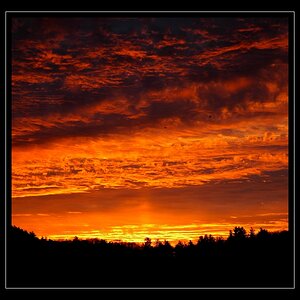
![[No title]](/data/xfmg/thumbnail/39/39291-a89dc472765e04f66f617dd9acc8030d.jpg?1619738958)
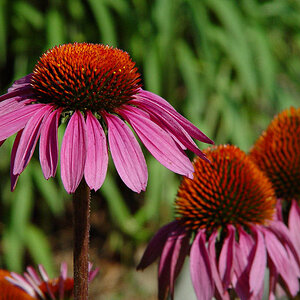
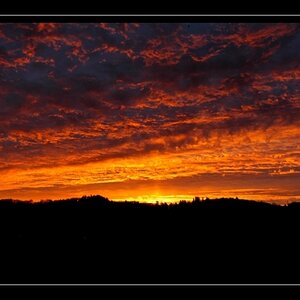
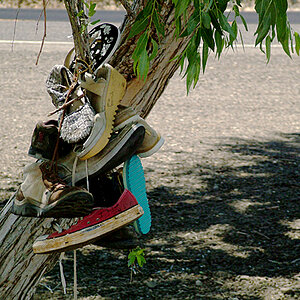
![[No title]](/data/xfmg/thumbnail/30/30875-d76f1fa085aee4334cb6b0cd62bb5e2d.jpg?1619734491)
![[No title]](/data/xfmg/thumbnail/34/34139-e52deba745f42ba091907fcc460cd6db.jpg?1619736311)
![[No title]](/data/xfmg/thumbnail/30/30879-16ad830465e571dee0a784c7fa122909.jpg?1619734493)
![[No title]](/data/xfmg/thumbnail/39/39289-c5ea6a611707fdd5786347f4a67d63ae.jpg?1619738957)
![[No title]](/data/xfmg/thumbnail/39/39288-2d76486ccc9042c6fb525aaaaffff1fb.jpg?1619738957)
